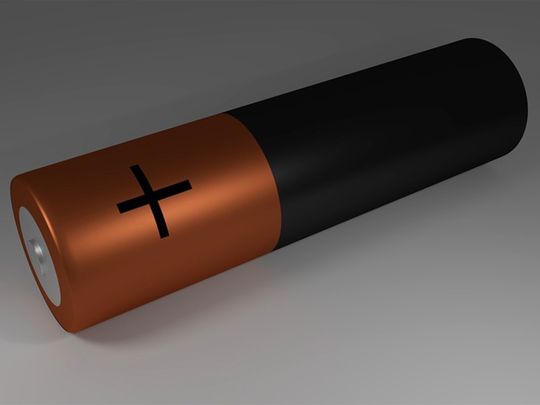
Washington: Researchers have developed a new concept for an aluminium battery, which will give it twice the energy density as compared to previous versions, and with least environmental impact.
The idea has the potential for large scale applications, including storage of solar and wind energy. Researchers from Chalmers University of Technology, Sweden, and the National Institute of Chemistry, Slovenia, are behind the idea. Using aluminium battery technology could offer several advantages, including a high theoretical energy density, and the fact that there already exists an established industry for its manufacturing and recycling.
Compared with today's lithium-ion batteries, the researchers' new concept could result in markedly lower production costs, reported the study published in the journal, 'Energy Storage Materials'.
"The material costs and environmental impacts that we envisage from our new concept are much lower than what we see today, making them feasible for large scale usages, such as solar cell parks, or storage of wind energy, for example," said Patrik Johansson, Professor at the Department of Physics at Chalmers.
"Additionally, our new battery concept has twice the energy density compared with the aluminium batteries that are 'state of the art' today," added Johansson.
The new concept, presented by Patrik Johansson and Chalmers, together with a research group in Ljubljana led by Robert Dominko, the graphite has been replaced by an organic, nanostructured cathode, made of the carbon-based molecule anthraquinone.
The anthraquinone cathode has been extensively developed by Jan Bitenc, previously a guest researcher at Chalmers from the group at the National Institute of Chemistry in Slovenia.
The advantage of this organic molecule in the cathode material is that it enables storage of positive charge-carriers from the electrolyte, the solution in which ions move between the electrodes, which make possible higher energy density in the battery.
"Because the new cathode material makes it possible to use a more appropriate charge-carrier, the batteries can make better usage of aluminium's potential. Now, we are continuing the work by looking for an even better electrolyte. The current version contains chlorine -- we want to get rid of that," said Chalmers researcher Niklas Lindahl, who studies the internal mechanisms which govern energy storage.












